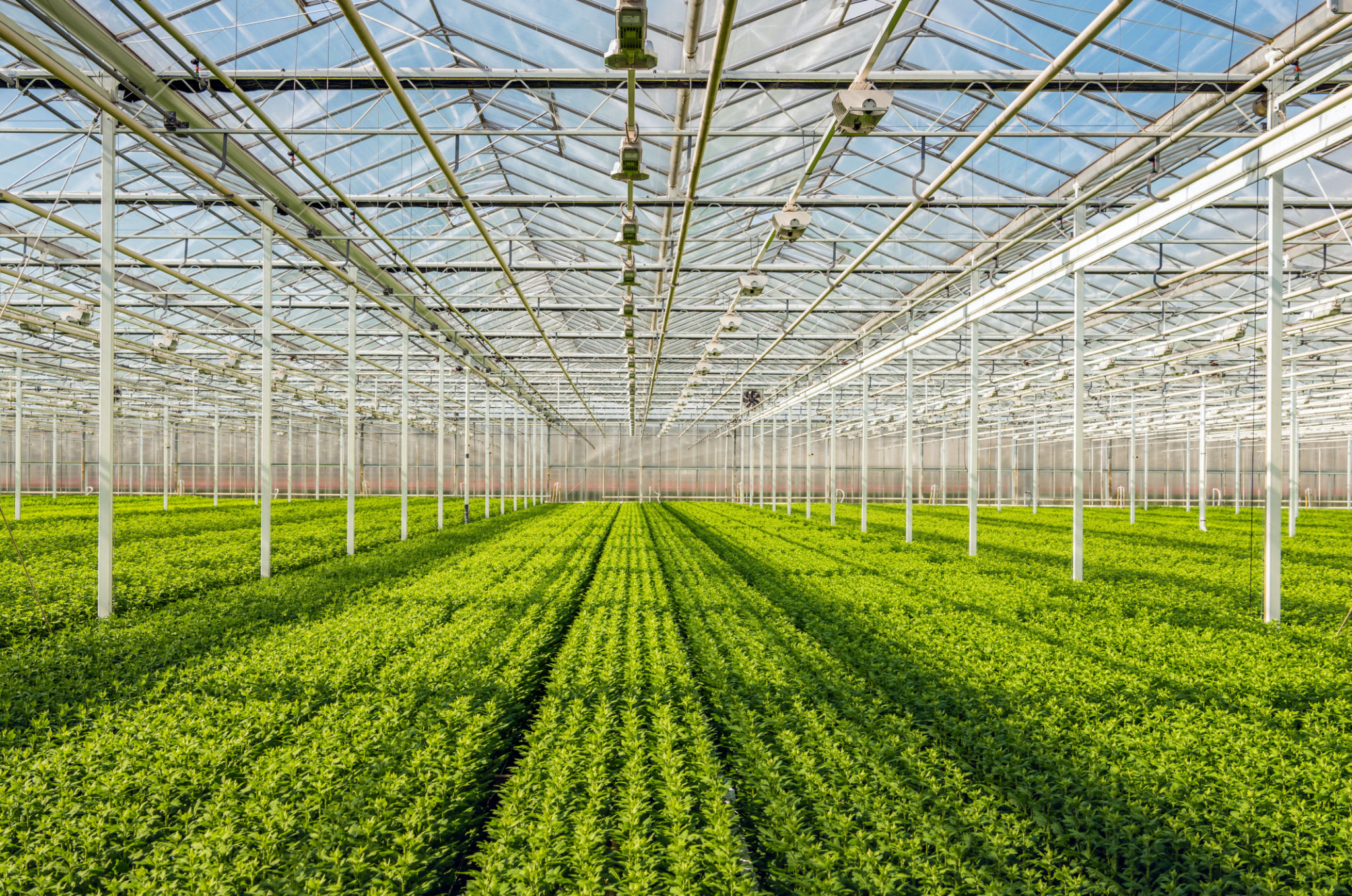The Impact of Seasonal Trends on Fruit and Vegetable Trading in the Middle East
Understanding Seasonal Trends
In the Middle East, the trading of fruits and vegetables is significantly influenced by seasonal trends. These trends dictate not only what is available in the market but also the price and demand for various produce. Understanding these patterns is crucial for traders and consumers alike, as it affects purchasing decisions, market dynamics, and even dietary habits.
Seasons in the Middle East are characterized by distinct temperature changes, impacting the growth cycles of various crops. For instance, summer months might favor certain fruits like dates and melons, while cooler seasons are ideal for vegetables such as broccoli and cauliflower. This cyclical nature of produce availability can lead to fluctuations in supply, affecting market prices and consumer choices.

Economic Implications
The economic impact of seasonal trends on fruit and vegetable trading in the Middle East cannot be overstated. As supply varies, so do prices. During peak seasons, when a particular fruit or vegetable is abundant, prices tend to drop. Conversely, when off-season hits, prices rise due to scarcity. This creates a dynamic market environment where traders must be astute in managing their stock and pricing strategies.
Moreover, the reliance on imports to meet consumer demand during off-seasons can lead to increased costs. Importing fruits and vegetables from regions with differing seasonal patterns becomes necessary, but this can introduce logistical challenges and additional expenses. Traders often need to balance these factors to maintain profitability.
Consumer Preferences and Trends
Consumer preferences also play a significant role in how seasonal trends impact the market. With greater awareness about the benefits of consuming fresh, locally grown produce, there's a growing demand for seasonal fruits and vegetables. This shift in consumer behavior encourages traders to focus more on local produce during its peak season, ensuring freshness and quality.

Additionally, cultural and religious practices in the Middle East influence fruit and vegetable consumption. For example, certain fruits are traditionally consumed during Ramadan, leading to spikes in demand that traders must anticipate and plan for accordingly.
Sustainability and Innovation
Seasonal trends also prompt innovation within the agricultural sector. As traders and farmers strive to meet consumer demands year-round, there's a push towards sustainable practices and technological advancements. Techniques such as hydroponics and greenhouse farming are gaining popularity, allowing for the controlled growth of crops regardless of external weather conditions.
These innovations not only help stabilize supply throughout the year but also contribute to reducing the environmental impact of traditional farming methods. By adopting sustainable practices, the Middle East can ensure a steady supply of fresh produce while preserving natural resources.

The Future of Fruit and Vegetable Trading
Looking ahead, the impact of seasonal trends on fruit and vegetable trading in the Middle East will continue to evolve. As climate change alters weather patterns, traders and farmers will need to adapt quickly to new conditions. This could mean exploring alternative crops that are more resilient to shifting climates or investing in advanced agricultural technologies.
Ultimately, staying informed about seasonal trends and leveraging innovations will be key for stakeholders in the Middle East's fruit and vegetable trading sector. By doing so, they can ensure a resilient supply chain that caters to both local and international markets.
